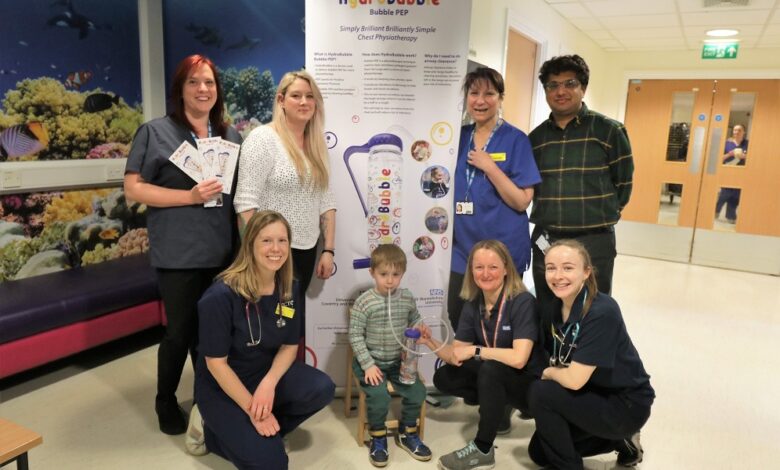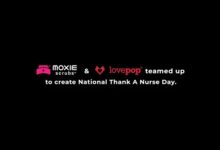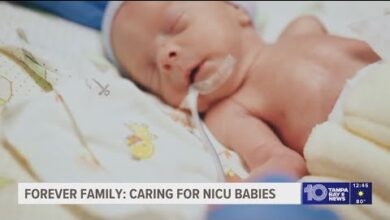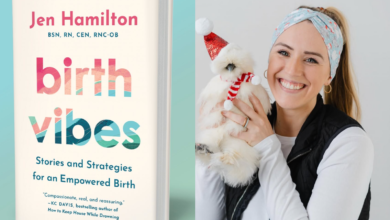Nurses innovate on breakthrough device for young respiratory patients

Two nurses in the Midlands have led the development of a clinical device to help support children with cystic fibrosis.
Their device, named the HydroBubble, was launched across Coventry and Warwickshire in April, with the aim of revolutionising care for the respiratory condition.
“The device is colourful and easy to use, and our younger patients love using it”
Maggie Hufton
Nurses Yasmin Hussaini and Jane White, working with physiotherapist Naomi Parsons, developed HydroBubble after identifying what they believe is a better way to deliver a critical NHS treatment.
They are part of the Cystic Fibrosis Team at South Warwickshire University NHS Foundation Trust and University Hospitals Coventry and Warwickshire NHS Trust.
To get their idea off the ground, in August last year, they contacted the firm Hydrate for Health to ask if they could adapt one of its existing products.
The goal, they said, was to create a more sustainable and cost-effective solution to traditional methods of delivering Bubble PEP (Positive Expiratory Pressure) for chest physiotherapy.
Bubble PEP is a technique where cystic fibrosis patients blow bubbles into water to clear secretions, such as phlegm and sputum, from their lungs.
Following agreement from Hydrate for Health and the subsequent adaptations had been made, the innovative HydroBubble was created.
The groundbreaking device keeps the airways open by producing vibrations in the lungs to help loosen and move secretions.
This, in turn, moves secretions up towards the larger airways, where a huff or a cough can clear them. By removing secretions, it reduces the risk of infections.
Healthcare professionals advise patients on how much water to put into a HydroBubble and guide them on the correct techniques and frequency of use.
Bubble PEP physiotherapy is traditionally administered using a one-litre bottle of sterile water and suction tubing.
However, this method is costly and results in significant waste, with the equipment challenging to store and dispose of.
The HydroBubble addresses these challenges, according to those behind the device, who described it as “simple but highly effective”.
For example, the device is reusable and sustainable and, therefore, significantly reduces waste and environmental impact. It is also a more affordable than existing PEP devices, according to its creators.
In addition, they said it was user-friendly, because it could be easily held or hung, enhancing patient comfort and safety during therapy sessions, and that it was easy to clean and maintain.
The device, they highlighted, was both dishwasher safe and equipped with a flexible tube cleaning brush.
As well as these benefits, they highlighted that the device made chest physiotherapy appointments fun for children, which helps to improve up take.
Furthermore, its versatility made it suitable for various respiratory conditions requiring Bubble PEP treatment.
Following its launch across Coventry and Warwickshire last month, the device has received numerous positive comments from users and their families.
Rebecca Bott, mother of Ivan Wright, a cystic fibrosis patient, said: “The device is really simple and effective, and it makes chest physiotherapy fun for Ivan. He can already drink by himself.”
In a joint statement, Ms Hussaini and Ms White said: “Children with cystic fibrosis need to do chest physiotherapy every day, which they can find onerous.
“We want to help keep their lungs as healthy as possible, and one way we can do this is by using Bubble PEP,” they said.
“The traditional Bubble PEP device consists of a bottle and tubing,” they said. “It is complex to clean and challenging for our younger patients to use without the aid of an adult.
“It also creates a huge amount of plastic waste on our wards, as the device needs to be changed weekly,” they noted. In contrast, they said their new device “ticked all the boxes”.
“The device, which our children use twice daily for chest physiotherapy and think is great fun, can be conveniently used indoors, outdoors or on the go,” they said.
“The HydroBubble can also be used by adults and children who suffer with extra secretions, as well as people who have been diagnosed with a chronic lung condition such as COPD and Bronchiectasis.”
Consultant paediatrician Maggie Hufton said: “Airway clearance is a vital part of paediatric cystic fibrosis care, and we are so proud to be part of this exciting development.
“We have been trialling it on the ward to improve airway clearance for children with pneumonia and long-term respiratory conditions to aid quicker recovery and reduce length of stay.
She added: “The device is colourful and easy to use, and our younger patients love using it.”







